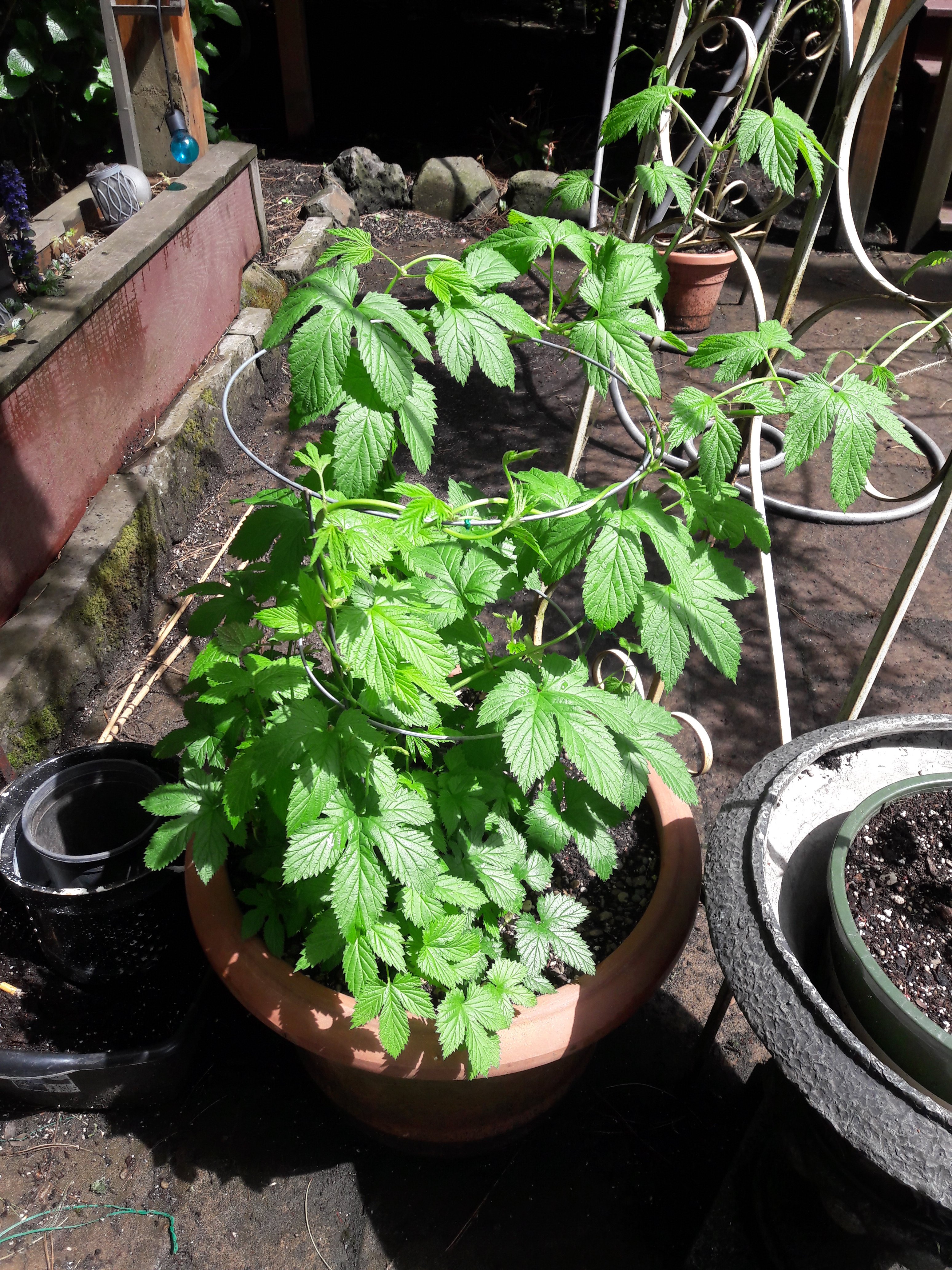Howdy!
Been on about 5 year hiatus from homebrewing.
Hop plants died out.
Had 4 cheap half-barrel planters that broke apart, and now have actual half wine barrels I want to use to plant in.
They are water tight, so I'll probably need to drill drainage holes? Not sure what to do.
In Florida, it gets hot and my irrigation system is prone to failure. Having a Large container I'm wondering if maybe less drainage might be better.
These are legit old wine barrels and quite heavy duty. The old ones were fake half barrels I found online.
I've previously grown Cascade, Chinook, Columbus or Centennial and the fourth plant always died because it was getting hit with the airflow from an AC air handler it was planted next to. I'm thinking it may be unavoidable. Chinook did the best, but the cascade and Centennial/Columbus (I'd alternate when one would die) needed to be replaced every couple years.
I also recall some mushroom pellets I put into the old planters supposedly helped. Not sure if thats a gimmick or not.
Any suggestion on how to prepare the planter, and what to use for potting and mulch would be greatly appreciated.
TD
Been on about 5 year hiatus from homebrewing.
Hop plants died out.
Had 4 cheap half-barrel planters that broke apart, and now have actual half wine barrels I want to use to plant in.
They are water tight, so I'll probably need to drill drainage holes? Not sure what to do.
In Florida, it gets hot and my irrigation system is prone to failure. Having a Large container I'm wondering if maybe less drainage might be better.
These are legit old wine barrels and quite heavy duty. The old ones were fake half barrels I found online.
I've previously grown Cascade, Chinook, Columbus or Centennial and the fourth plant always died because it was getting hit with the airflow from an AC air handler it was planted next to. I'm thinking it may be unavoidable. Chinook did the best, but the cascade and Centennial/Columbus (I'd alternate when one would die) needed to be replaced every couple years.
I also recall some mushroom pellets I put into the old planters supposedly helped. Not sure if thats a gimmick or not.
Any suggestion on how to prepare the planter, and what to use for potting and mulch would be greatly appreciated.
TD






























![Craft A Brew - Safale S-04 Dry Yeast - Fermentis - English Ale Dry Yeast - For English and American Ales and Hard Apple Ciders - Ingredients for Home Brewing - Beer Making Supplies - [1 Pack]](https://m.media-amazon.com/images/I/41fVGNh6JfL._SL500_.jpg)



























